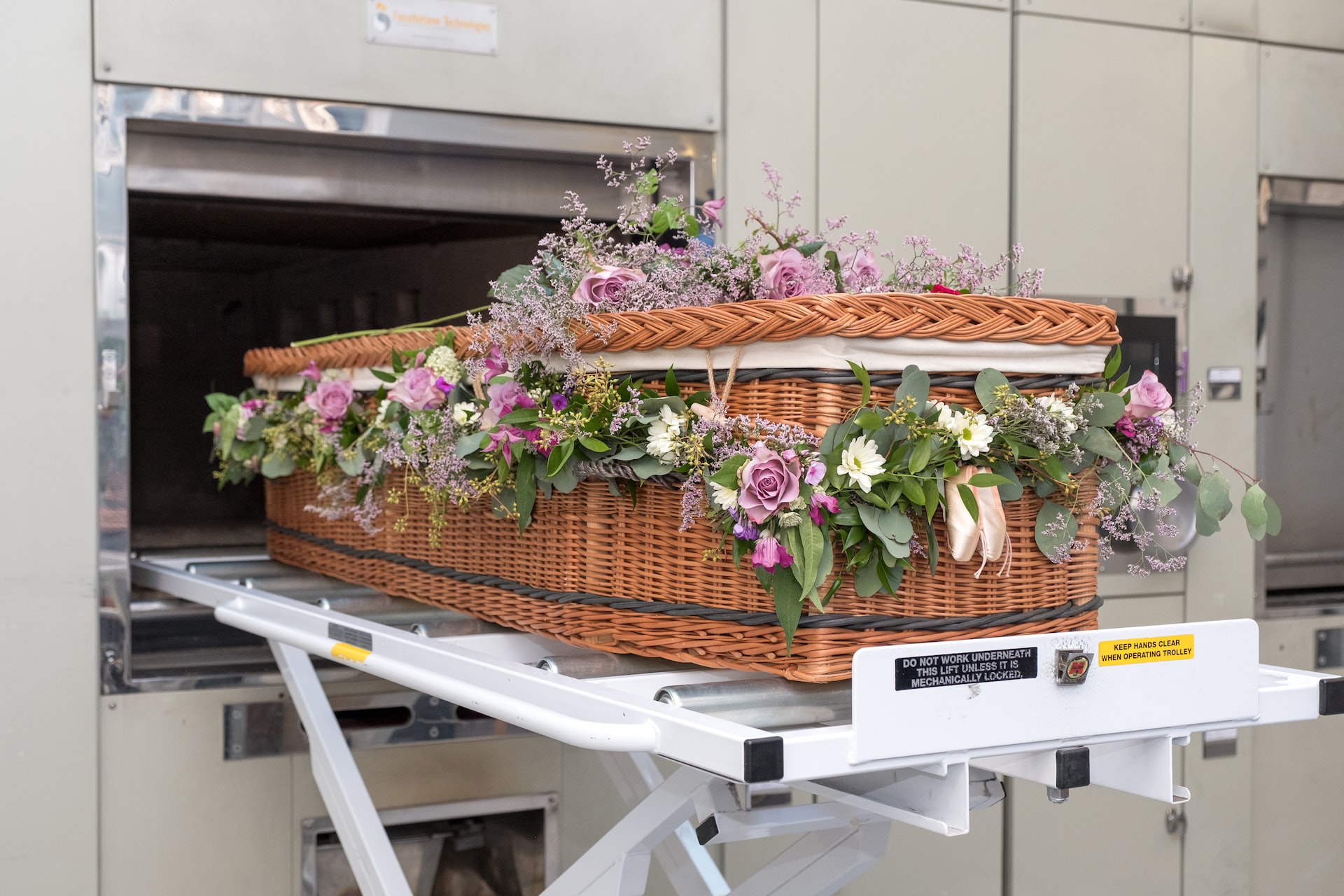You may have questions regarding the cremation process if a loved one has asked for it or if you’re considering it as part of your funeral preparations. Read on for answers to frequently asked questions concerning the cremation procedure, the time frame involved, and the next steps after the ashes have been collected.
How long does cremation take?
From beginning to end, cremation can take anywhere from four days to two weeks, depending on factors including the length of any required waiting period, the need for any necessary authorization, and the actual cremation itself. Three to four hours is needed for the actual cremation, and another hour or so is needed for processing.
It usually takes seven to ten days after cremation for the ashes to be returned to the family.
When planning my cremation, what factors am I responsible for considering?
How long does the cremation process take? Waiting periods, the authorization process, and the necessary paperwork can vary widely from one state to the next. You can hire a crematorium to handle the remains of your deceased loved one while you take care of other details, such as obtaining the necessary paperwork, on your own time.
The following are things to think about before making cremation preparations:
The death certificate
After submitting the death certificate to the local registrar, you can arrange for the cremation at direct cremation newrestfunerals. The death certificate filing requirements can vary widely between states. Filing electronically in states like California is mandatory but can add several days to the processing time. It is standard practice for the crematory to file the death certificate within 72 hours of contacting the attending physician.
However, the coroner’s involvement in a post-mortem examination into the cause of death can add up to a week’s wait time before the death certificate is issued.
The waiting periods
Waiting periods and time limits on when a cremation must take place are mandated by law in several states. For instance, the waiting period in Texas is 48 hours, while in Illinois, it’s only 24.
In contrast, Minnesota only allows for six days of refrigeration before the cremation or 72 hours without.
This time frame is typically used to obtain the official death certificate. Find out the waiting periods where you live by researching the applicable regulations.
Cremation Authorization
Even if cremation was part of your deceased loved one’s final wishes, you must still obtain permission to proceed with the cremation from the appropriate official. Again, this is state-specific, but typically the person named as Power of Attorney or the surviving spouse. If neither is present, the responsibility is given to the remaining offspring.
Cremation arrangements
A cremation can be arranged once the death certificate has been submitted and the necessary permissions have been granted. As a rule, the family decides when the cremation will take place. Most families can have a viewing or religious ceremony with the deceased before cremation, though this varies per facility. The cremation should take on the same day or the following day of the funeral.
Weekends and holidays should also be included when estimating the time required for cremation. While some crematoriums offer their services these days, many others do not. Remember that most cremation timetables are based on business days, not calendar days, when calculating the total amount of time needed.
As a last note, the length of time required to complete the cremation process will vary based on the size of your deceased loved one, the method of cremation selected, and the type of coffin chosen. It takes an additional hour to process the cremains once the body has been cremated.
After a cremation, how long does it take to receive the remains?
After a cremation, gathering the remains is a simple process. When it is convenient for you, your crematorium will deliver them. As a large portion of the whole cremation time, this can take up to ten days. It’s possible, though, that you could get them from the Crematory the day after the funeral.
During your preparations for cremation, you likely settled on a container (such as an urn, box, or casket) that cannot be opened. If no container is selected, cremains is often placed in a plastic bag and then into a box. This is because crematories must store the ashes in a strong, sealed container. You may choose this route if you need clarification on how you feel about the ashes being interred or if you plan to divide and scatter them.
You can arrange to have the ashes carried to a cemetery if that is where you intend to inter them.
After I collect the ashes, what can I do with them?
What you do with a loved one’s ashes depends on your preferred method of memorialization. However, there are several possibilities. Frequently, people opt to
- Keep the urn in a spot where everyone can see it when they’re gathered at home.
- People can always have a small token of their loved ones with them by wearing cremation jewelry.
- Disperse the ashes in a meaningful place, such as a park or the water.
- Choose a special tree in a memorial forest that will be safe from harm.
One of the most challenging tasks for grieving loved ones is deciding how to handle the remains after cremation. Making decisions about your final days is never easy, but we hope this information will help ease your mind.











